When dinking, it is critical to move the dink around, mix it up, and remain unpredictable. This means mixing up spins, speeds, angles, depths, and placement of your dinks. The more unpredictable you can be, the more you will catch your opponents off guard and confused on their side of the pickleball court. Incorporating diverse dink techniques also offers you more flexibility in your game strategy, allowing you to adapt to the unique styles and skills of your opponents.
Never hitting the same dink twice is actually easier than you think. For instance, you could hit ten crosscourt dinks, but with different depths (maybe one is short by the net, while others are deep into your opponent’s feet), spins (slice or topspin), speeds (one with pace and one off-speed), etc.
Strategic Advantages of Adding Variation to Your Dinks with Spin, Speed, Angles, and Placement
There are several types of dinks when you are at the Kitchen line. You have non-purposeful dinks, which are simple dinks to get the pickleball back over the net. You also have purposeful dinks, where you are trying to be more aggressive and put pressure on your opponents. These aggressive dinks can be in the form of dinks with spin, extra pace, or strong angles, or dinks with strong placement. Your shot selection and placement will be determined by the shot that your opponents hit to you. For instance, if your opponents hit a non-purposeful dink, then you may be able to hit a more aggressive, more purposeful dink back to them. If your opponents hit an aggressive dink to you and your partner that puts you in a compromising position, then you may need to hit a more passive dink back to your opponents.

Spin – One way to apply pressure on your pickleball opponents is by adding spin, whether it be slice or backspin, top spin, or even side spin. The slice or backspin dink will have backspin on the pickleball, which tends to cause the pickleball to skid or skip upon contact with the pickleball court. On the other hand, the top spin dink will have spin toward your opponents, which will cause the pickleball to generate some pace and take a bigger bounce off of the pickleball court. Also, side spin will cause the pickleball to travel in the direction of the spin, and may cause funky bounces off of the pickleball court.
Speed – Timing is another critical aspect of mastering the dink. By changing your speed, you can create additional confusion. Hit your dink with additional speed or pace, which is easiest when hitting a dink with top spin, to catch your opponent off-guard. A slower, softer touch may throw them out of rhythm. Try alternating between paces, adding a deceptive quality to your game that can force opponents into errors or weak returns.
Angles and Placement – Vary your angles to pull your opponents out of position, or try some other aggressive placement, like hitting your dink down at your opponents’ feet. A well-placed dink at an unexpected angle can open up opportunities for a powerful follow-up shot or exploit gaps in your opponent’s defense. If you keep your opponents guessing, they’ll struggle to anticipate where the next shot will land.
Dink Shot Variations
Incorporating different dink shot variations into your gameplay can significantly disrupt your opponent’s rhythm. By mixing your shots—utilizing forehands, backhands, no-look dinks, cross-court placements, etc.—you’ll keep your opponents guessing. This unpredictability can lead to errors on their part, allowing you to seize control of the game. Let’s delve into different dink shot variations and how to utilize them strategically.
Crosscourt Dinks – A dink is most commonly hit crosscourt (as opposed to straightforward or in the middle of the court). This is because the crosscourt dink gives you the most margin for error, as (1) the lowest part of the net is in the middle; (2) you are hitting into a natural angle; and (3) you have more court space to dink into in your opponents’ side of the Non-Volley Zone. In other words, the crosscourt dink is more forgiving and you do not need to be quite as perfect.
Down the Line Dinks – Despite the benefits of a crosscourt dink, you probably should not hit a crosscourt dink on every dinking shot. This is especially true because continuously going crosscourt may put extra pressure on you to be better and better on every successive shot. Plus, you want to remain unpredictable! Consider going down the middle of the pickleball court, or down the line on your side of the pickleball court, in order to keep your opponents moving and prevent your opponents from cheating to one side of the pickleball court. Down the line dinks are also generally easier shots to hit successfully than crosscourt dinks if you find yourself under pressure. In light of this, consider using down the middle and down the line dinks to stay in points if you are struggling to return strong or well-placed shots by your opponents with crosscourt dinks. This is especially true if your opponents are hitting strong, aggressively angled crosscourt dinks that pull you off the pickleball court and out of position. Rather than hit a shot at a sharp angle back across the pickleball court, you may find it is easier to gently tap the pickleball over the net in front of you. Lastly, consider going down the line on your side of the pickleball court when you see open court space from your opponents over-shifting. However, pick your opportunities carefully, as your opponent may be anticipating and waiting for your down the line shot (for instance, advanced pickleball players may go for an Erne shot on you!).
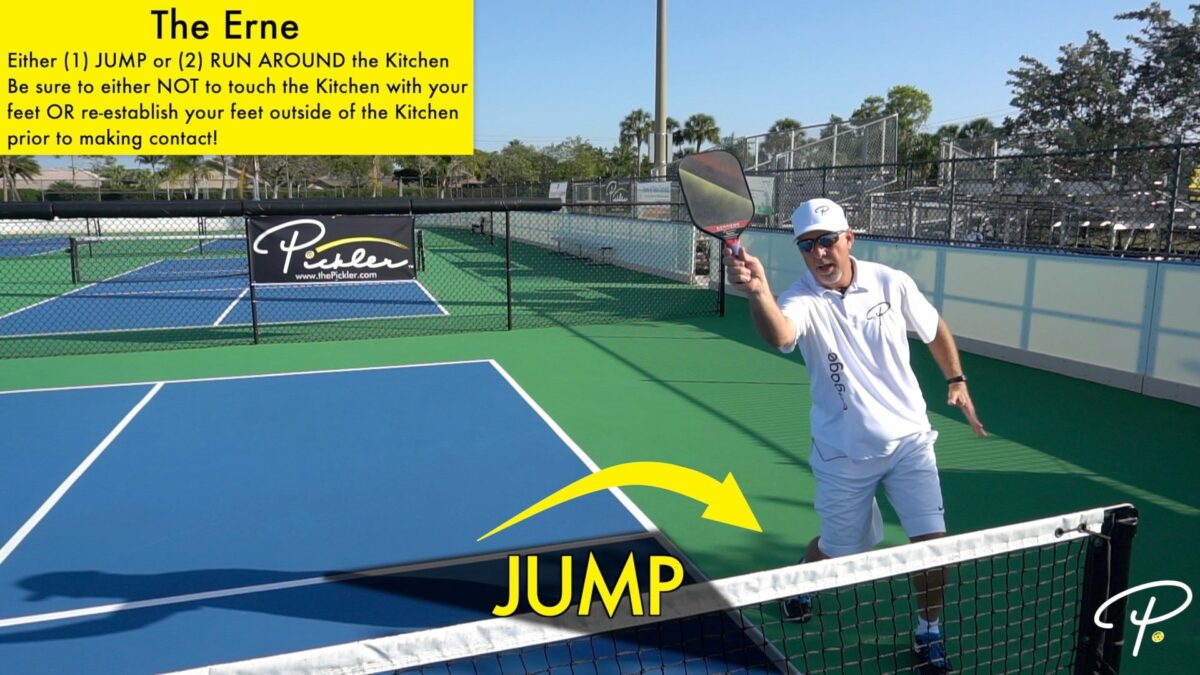
Middle Dinks – Middle dinks are great options to cause confusion between your opponents, or even cause your opponents to fight over the pickleball. This is especially true when you are playing opponents that are relatively new to playing with each other. Middle dinks are also effective in trying to open up the pickleball court. For instance, say you take a dink to the middle of your opponents in doubles pickleball. Both of your opponents take a step toward the middle. When your opponents return the pickleball to you, since they both took a step toward the middle, you now have more room to hit the pickleball toward the sidelines. Then, your opponents will move toward the sideline to return the pickleball. Now, you have even more room in the middle of your opponents because one moved toward the sideline. See a pattern? Use the middle dink to help you open up other parts of the court. Lastly, middle dinks are effective in avoiding an Erne from your opponents if they are relatively advanced pickleball players.
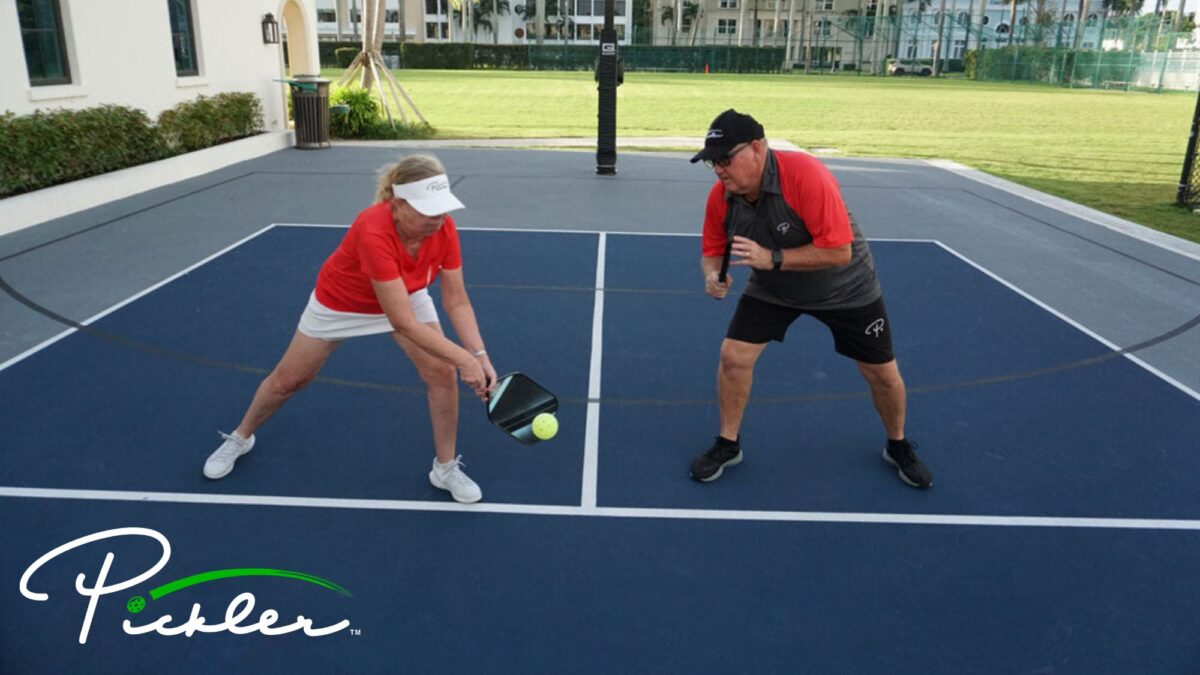
Dinks at Your Opponents’ Feet – Dinks to your opponents’ feet, whether crosscourt, down the line, or down the middle, are great ways to apply pressure because it is difficult for your opponents to aggressively hit a pickleball at or near their feet. This is because your opponents will be unable to hit the pickleball out in front of their bodies.
Dinks to Backhands – Most pickleball players have weaker backhand shots than forehand shots. So, dinks to pickleball players’ backhands is a common and effective dinking strategy on the pickleball court.
Short-Hop Dinks – A short-hop dink is a dink that is hit just after the pickleball bounces on the court, without giving the pickleball time to travel far from the court surface. It is also sometimes referred to as a half-volley dink.
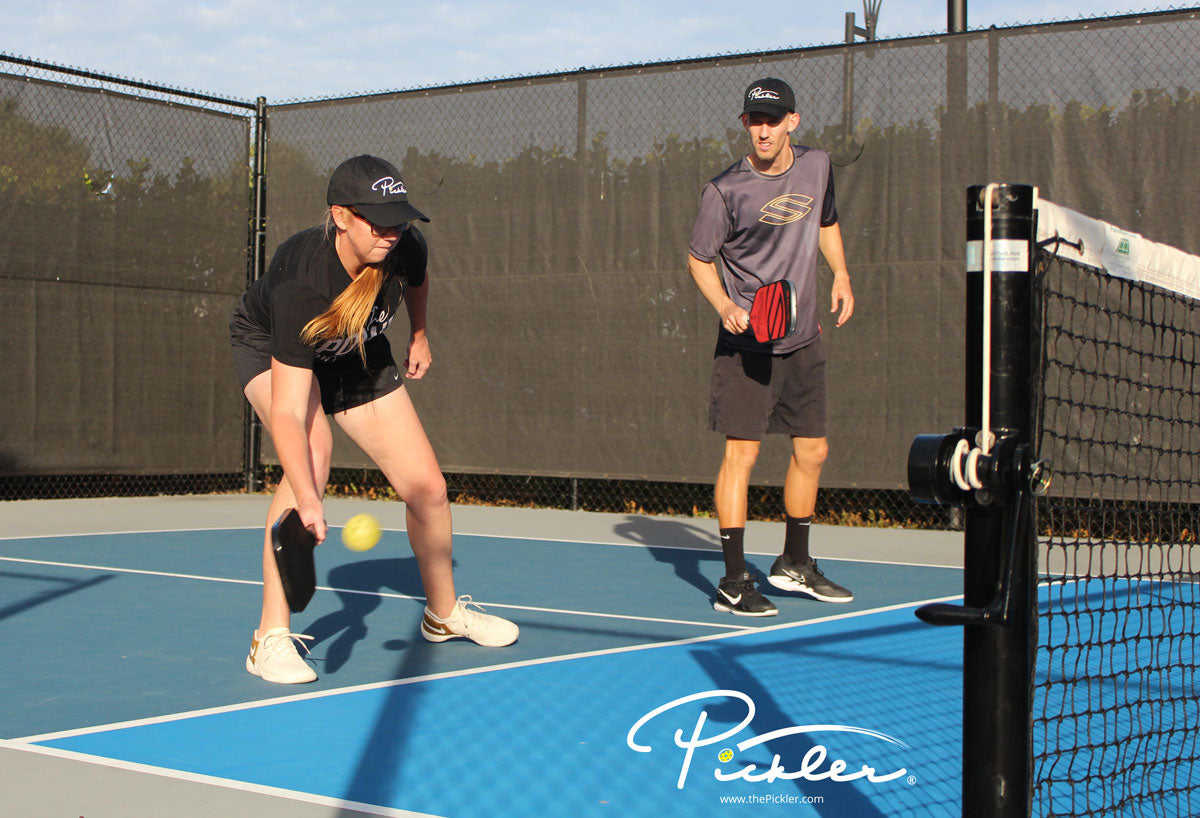
Short-hop dinks allow you to cut down on your opponents’ time to react, as well as cut down on your potential errors at the Kitchen line. The short-hop dink enables you to hold the Non-Volley Zone line when a pickleball travels at or near your feet (as opposed to taking a step back off of the Kitchen line and hitting the pickleball off of the bounce). This is critical as you are able to keep a more aggressive court positioning and reduce your opponents’ time to react to your shot. Rather than letting the pickleball bounce and continue to travel, you are cutting off the trajectory of the pickleball. This allows you to reduce the effects of any spin or other “action” on your opponents’ dink, such as funny bounces.
The No-Look Dink – For a bit of flair and strategy, the no-look dink can surprise your opponents and create an unexpected shot. A no-look shot in pickleball is an advanced shot that is hit without looking at the ball. Instead, you rely on your instincts and muscle memory to hit the pickleball. As your opponent prepares to anticipate your shot, they’ll struggle to adjust quickly enough to counter your placement. A no-look shot should only be attempted by experienced players who have developed good reflexes, accuracy, and control. If you are not confident in your ability to hit the shot accurately, it may be better to stick to more traditional shots.
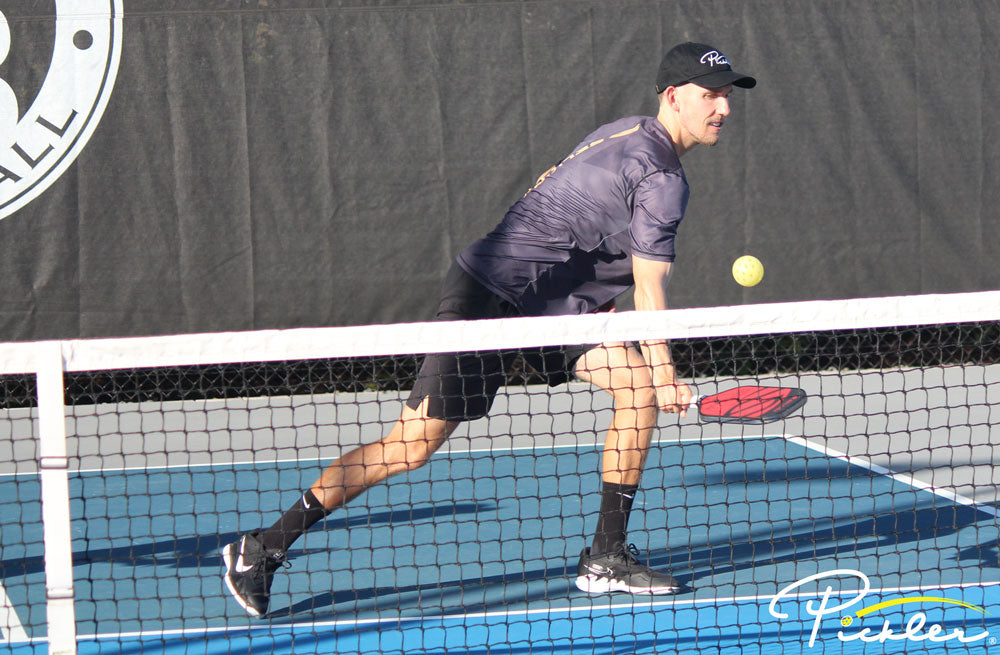
Be creative when you are at the Non-Volley Zone line. Mix up your dinks and remain unpredictable on the pickleball court. Make it your mission to keep your opponents guessing with spin, speed, angles, and mixing your shots. The more creative and unpredictable you are at the Non-Volley Zone, the greater your chances of success on the court. The more unpredictable you can be, the more you will catch your opponents off guard and confuse their game. So, never hit the same dink twice!
WANT MORE PICKLEBALL TIPS AND STRATEGIES?
For more on the fundamentals to hit a dink, check out Pickler’s pickleball blog, “11 Steps to Hitting the Perfect Pickleball Dink.”
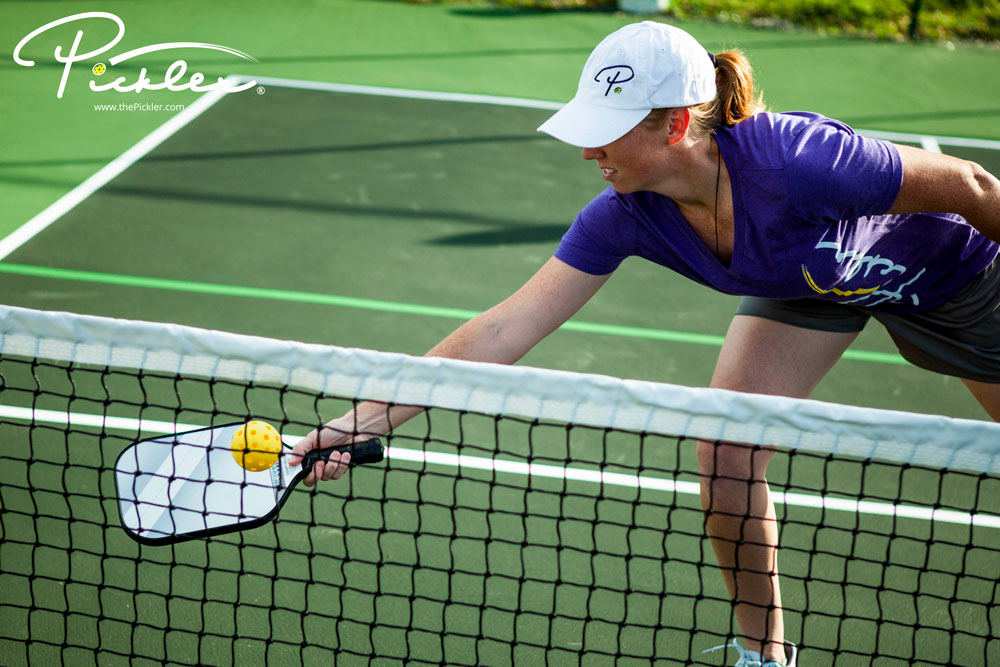
Plus, if you want more pickleball tips and strategies on every aspect of your pickleball game, check out Pickler’s online video lesson collection called My Pro Pickleball Coach. My Pro Pickleball Coach is a fraction of the price of one clinic or even one lesson, and features over 140 video lessons (over 7 hours of instruction!), as well as a corresponding e-book. These online video lessons are available on demand 24/7 and breakdown every aspect of the sport of pickleball, including pickleball drills, strategy, and advanced concepts, so you will play your best pickleball.
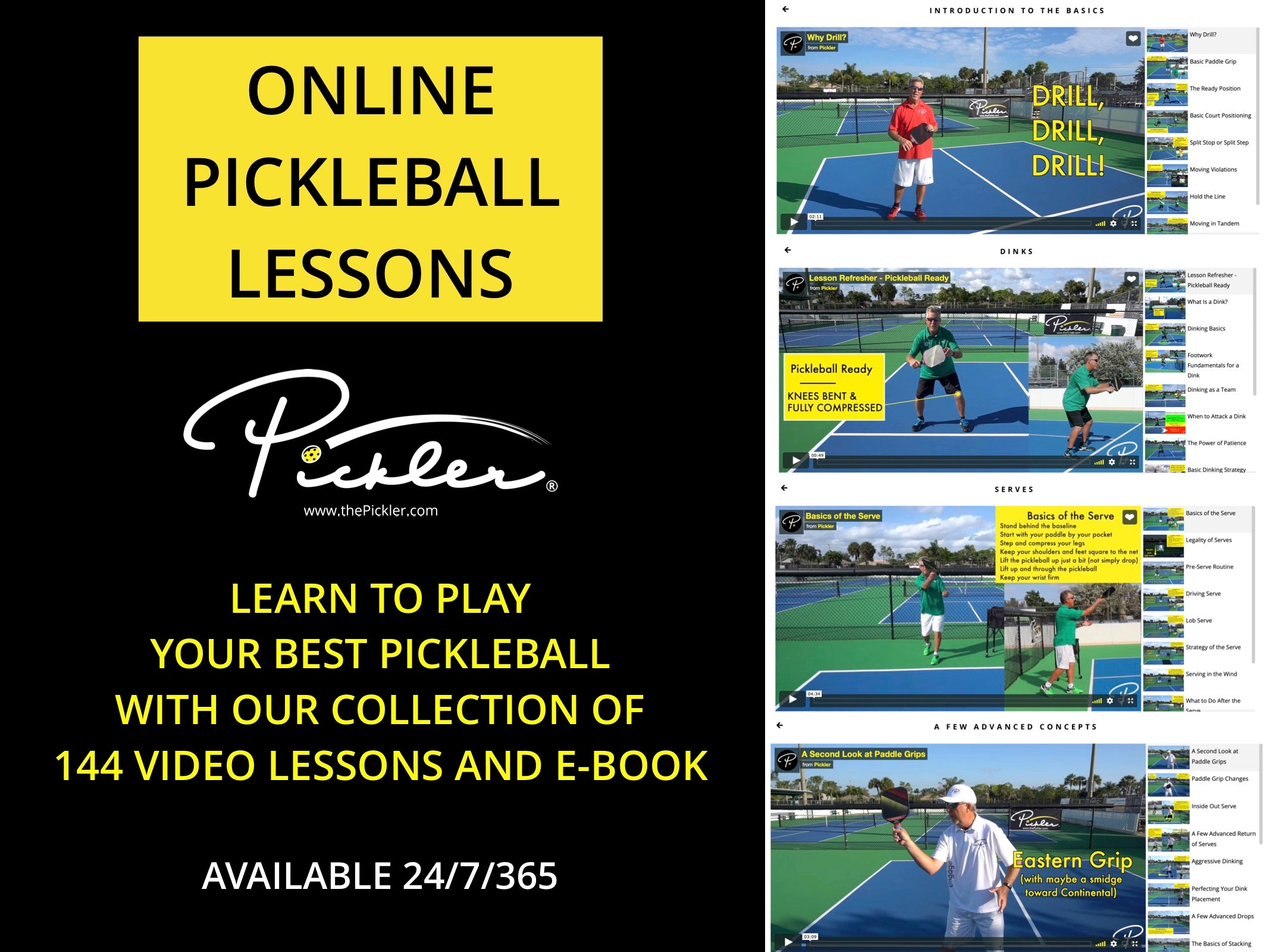
Anuncie Aqui / Advertise Here
Sua marca para o mundo Pickleball! / Your brand for the Pickleball world!

 English
English  Spanish
Spanish  Portuguese
Portuguese  German
German  Italian
Italian  Japanese
Japanese  French
French  Polish
Polish  Russian
Russian  Netherlands
Netherlands  Hungarian
Hungarian  Turkish
Turkish  Videos
Videos  The Pickler
The Pickler

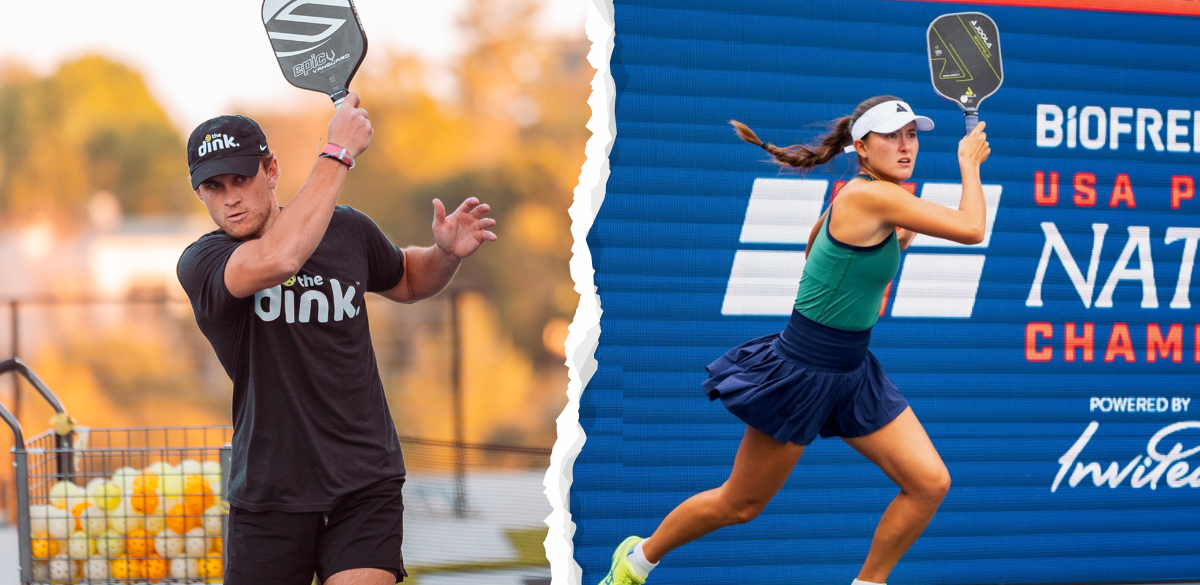






 English (US) ·
English (US) ·  Portuguese (BR) ·
Portuguese (BR) ·